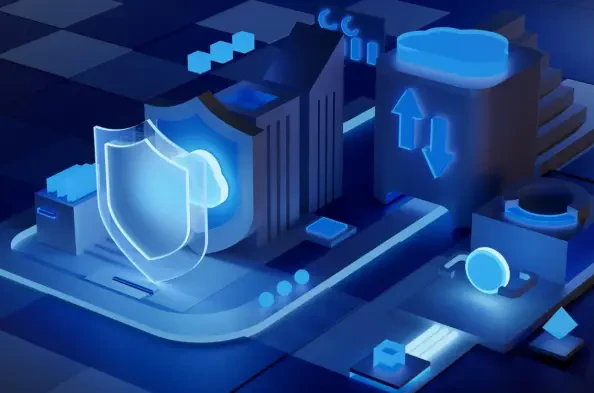Cyber attackers are increasingly exploiting AI to launch sophisticated attacks that occur faster than ever before, with nearly half of all breaches expected to occur within 24 hours. This alarming reality underlines the continuous pressure for organizations to adopt state-of-the-art security solutions. The demand for streamlined defenses has given rise to integrated security platforms that aspire to fulfill modern cybersecurity needs effectively. This review examines these platforms’ key features and performance metrics, assessing their impact across various industries.
Exploring Integrated Security Frameworks
Integrated security platforms represent a logical progression in the cybersecurity ecosystem, combining varied tools and technologies into cohesive systems. Such integrations enable organizations to efficiently manage security operations while mitigating issues posed by running multiple disjointed solutions. The evolution of these platforms signifies moving from reactive to proactive security measures, emphasizing agility and simplification in threat management. This progress responds directly to the growing complexity and sophistication of cyber threats manifesting in real time.
Components and Features of Effective Security Systems
Unified Threat Management (UTM)
Unified Threat Management serves as the heart of integrated security platforms by encompassing various security functions under one umbrella. Its pivotal role is in threat detection and prevention, operating from a centralized system to safeguard against diverse attack vectors. UTM facilitates streamlined security management, allowing organizations to maintain real-time visibility over potential threats and implement comprehensive defensive strategies.
Automation and AI Integration
The incorporation of AI and automation within these platforms has ushered in a transformative shift in security processes. AI-fueled solutions enhance threat detection and response capabilities by processing vast amounts of data swiftly and accurately. Automation elevates system efficiency by automating mundane tasks, thus allowing security personnel to focus on complex problem-solving. Real-world implementations illustrate the power of AI to counter threats nearly immediately upon detection, setting new benchmarks in security performance.
Recent Innovations and Industry Movement
The past years have witnessed rapid advancements in integrated security platforms, with businesses leaning toward consolidating their security efforts. Companies are transitioning from patchwork systems to unified platforms as a strategic approach to combat surging threats fueled by AI. Such shifts are fostering a culture where enhanced security measures are intertwined with business growth, promoting technological innovation as a catalyst for robust cyber defense mechanisms.
Practical Applications Across Various Sectors
Organizations from a myriad of industries are harnessing the capabilities of integrated security systems to bolster their security postures. Notable implementations across sectors such as healthcare, finance, and construction demonstrate these platforms’ adaptability and effectiveness in heightening security operations. For instance, construction giant Vinci realized significant improvements in incident response times by employing integrated solutions, exemplifying practical enhancement in security effectiveness.
Addressing Challenges in Implementation
Despite their advantages, integrated security platforms face critical challenges that impede widespread adoption. Technical hurdles related to interoperability, along with regulatory compliance issues, potentially hamper seamless implementation. Similarly, market obstacles surrounding cost and resource allocation often present difficulties for organizations. However, ongoing development efforts and innovative solutions continue to mitigate these limitations, aiming to bridge existing gaps.
Anticipating Future Impacts and Further Progress
As integrated security platforms evolve, they are poised to redefine the standards for cybersecurity resilience. Upcoming breakthroughs should further integrate AI, enhancing predictive capabilities to preemptively thwart cyber attacks. Long-term impacts are likely to revolve around strengthened security frameworks and improved user sophistication, promoting proactive risk management strategies across industries.
Conclusion and Insights
Insightful findings from this review affirm integrated security platforms as indispensable solutions in the contemporary cybersecurity landscape. Their unified approach, heralding agility and simplicity, offers a significant advantage in addressing AI-driven threats. The future of cybersecurity lies in coherent systems that foster both business growth and strategic defense, necessitating continuous modernization as a linchpin for resilience against adversarial advancements. Anticipating persistent innovation and adaptation remains crucial, steering toward a safer digital ecosystem for all stakeholders.






